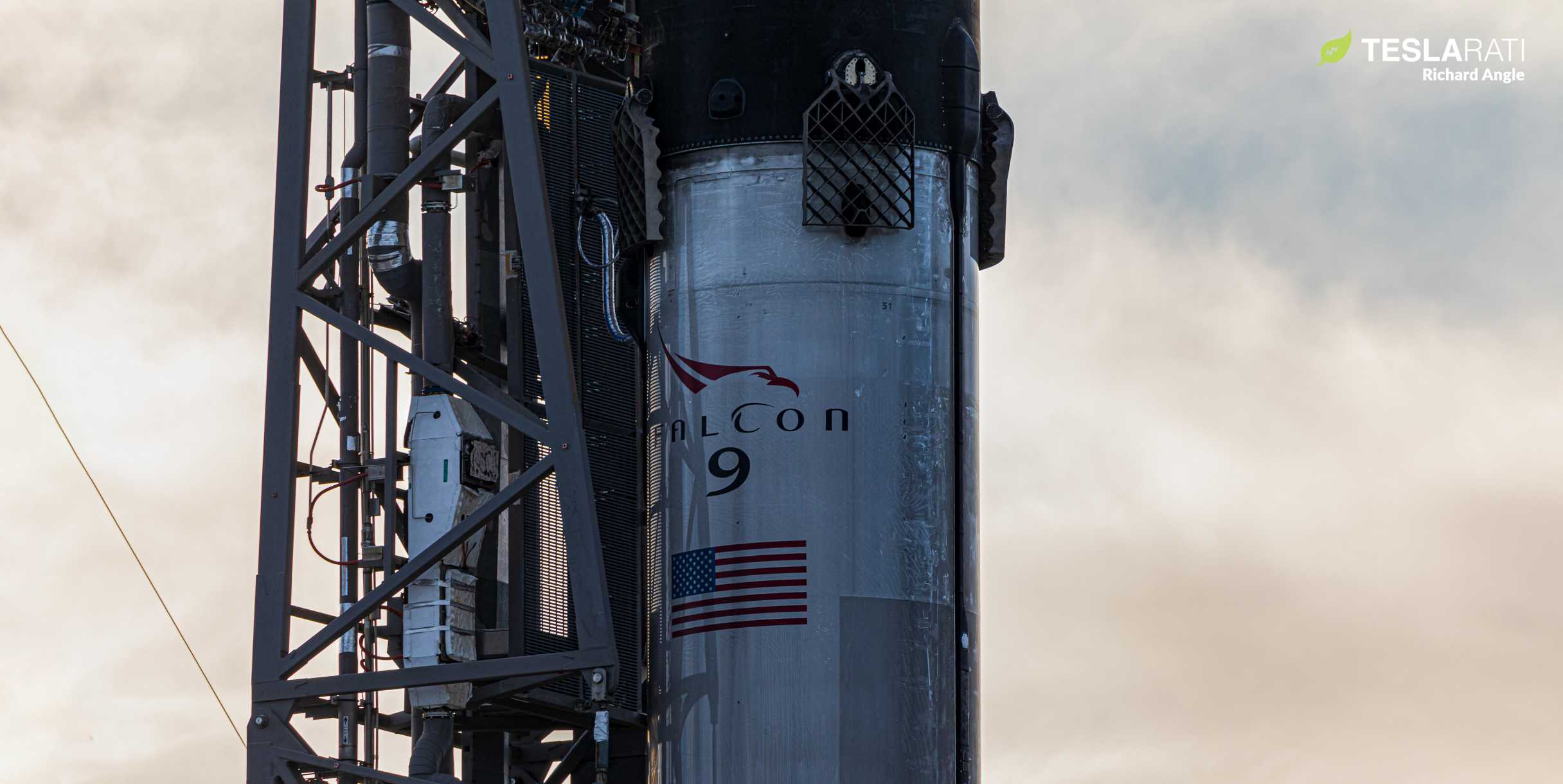

News
SpaceX set to launch 240th Starlink satellite as space internet nears prime time
SpaceX is just hours away from a Monday launch that should leave the company with almost 250 Starlink satellites in orbit — the latest in several recent steps towards prime time for the fledgling space internet constellation.
Scheduled to lift off no earlier than (NET) 9:49 am EST (14:49 UTC) on January 27th, a twice-flown Falcon 9 booster, new upper stage, 60 Starlink satellites, and a mysteriously blank payload fairing will try to thread the needle from SpaceX’s Cape Canaveral Air Force Station (CCAFS) LC-40 pad. Weather is tepid according to USAF forecasts and Monday’s – already just 50% ‘go’ – doesn’t even account for extremely high-speed upper-level winds that will absolutely have to wane before Falcon 9 can launch.
SpaceX’s fourth dedicated launch, today’s mission – known as Starlink V1 L3 (the third launch of v1.0 satellites) – will raise the number of spacecraft the company has placed in orbit to 240. Based on past statements from executives and SpaceX’s very own Starlink.com website, successfully completing Starlink V1 L3 could place the company just a hop, skip, and a jump away from the space-based internet constellation’s prime-time. With a little luck, the fledgling satellite internet provider could be serving customers much sooner than almost anyone might imagine.
As of now, it appears that SpaceX will indeed attempt to launch later today despite a good chance that weather conditions will force the company to try again on January 28th. Thankfully, SpaceX’s unique operating procedures brings with it a fair amount of flexibility to scrub launches with very little consequence less than 40 minutes before liftoff.
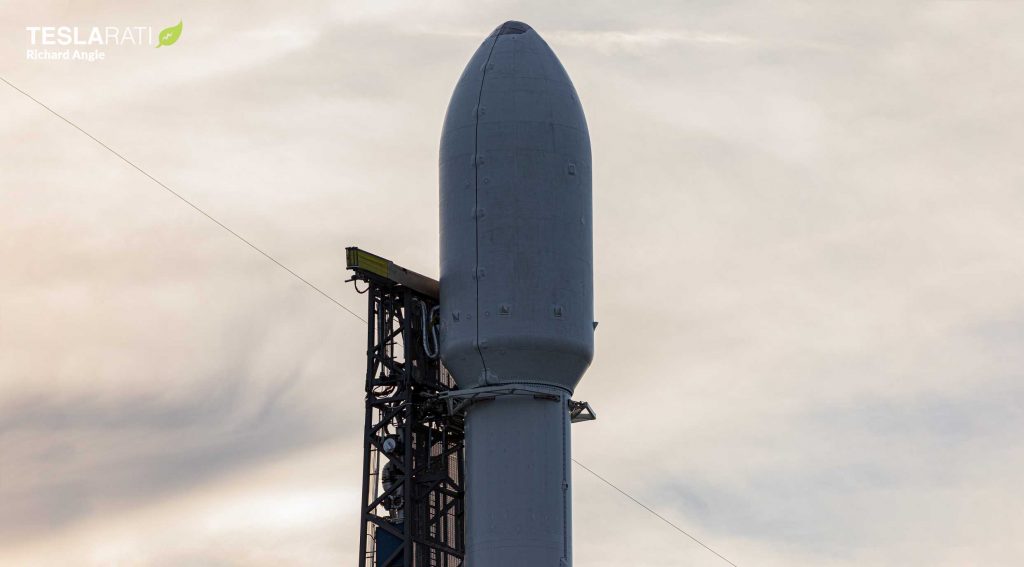
SpaceX is able to wait that long out of sheer necessity. The company introduced the use of ‘subcooled’ liquid oxygen and kerosene on its Falcon launch vehicles all the way back in 2016, encouraged by the fact that its propellant becomes significantly denser as it gets colder. By toeing the line between liquid oxygen and kerosene actually solidifying into slush, SpaceX was able to boost Falcon 9’s payload capabilities by an incredible ~30% or more. To get that benefit, however, Falcon 9’s propellant must remain as cold as possible, and it begins warming the second that it leaves its far-more-insulated storage tanks and enters Falcon 9.
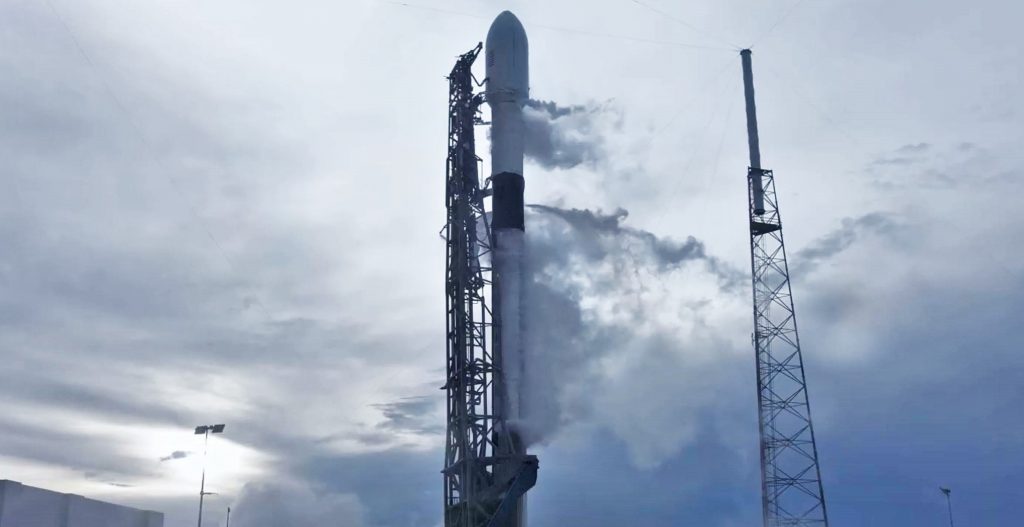
As a result, SpaceX must load Falcon 9 and Falcon Heavy with propellant as late as physically possible, translating to no sooner than 35 minutes before liftoff on all recent launches. In other words, if the weather is firmly on the ‘bad’ side of things at T-38:00-35:00, SpaceX is often able to scrub a given launch attempt before propellant loading begins, both saving the rocket from an unnecessary thermal cycle and saving propellant that might otherwise have to be wasted.
120 satellites, 20 days
Weather challenges and the likelihood of a 24-hour delay aside, SpaceX will soon launch its third batch of upgraded Starlink v1.0 satellites — also the company’s fourth dedicated launch of 60 spacecraft. If things go as planned, SpaceX will have launched nearly 250 satellites total – all but 5 (or so) of which are happily operating in Earth orbit right now.
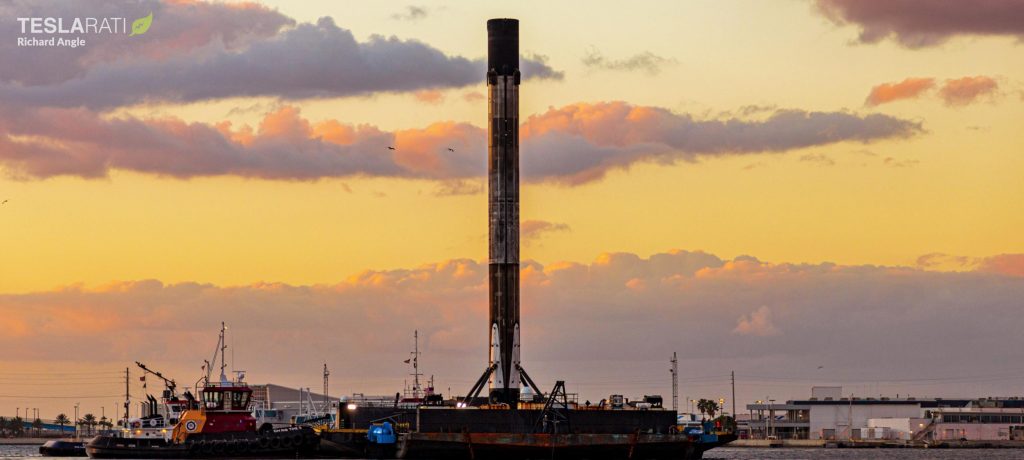
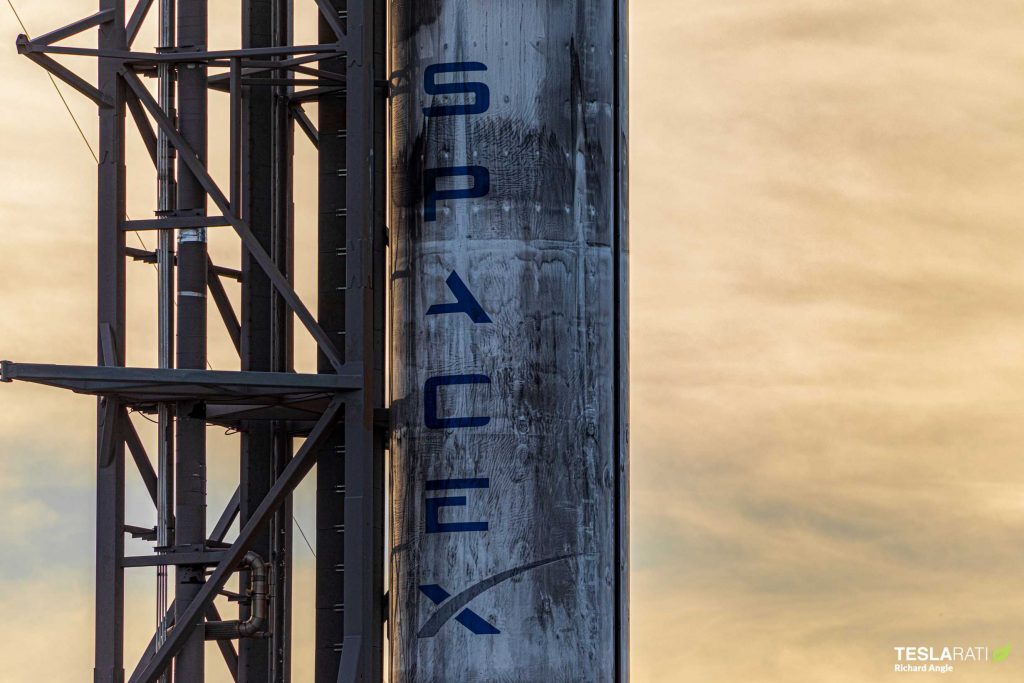
Deemed Starlink V1 L3, a successful mission later today will also mean that SpaceX has launched an incredible 120 spacecraft – weighing more than 30 metric tons – in less than 20 days. It’s difficult to say for sure, but it’s very likely that that will mark the latest global record secured by SpaceX, following on the heels of the company’s recent ascendance as the newest owner of the world’s largest private satellite constellation (~180 satellites).
However, the ultimate goal of Starlink is, of course, to deliver unprecedentedly high-performance internet service to customers anywhere on Earth. The “anywhere on Earth” modifier is likely more than 20 dedicated SpaceX launches away from reality, but the company has said it will begin serving internet to customers in “the Northern U.S. and Canada in 2020”. As of mid-2019, SpaceX indicated that that regional North American beta test could begin after just six launches.
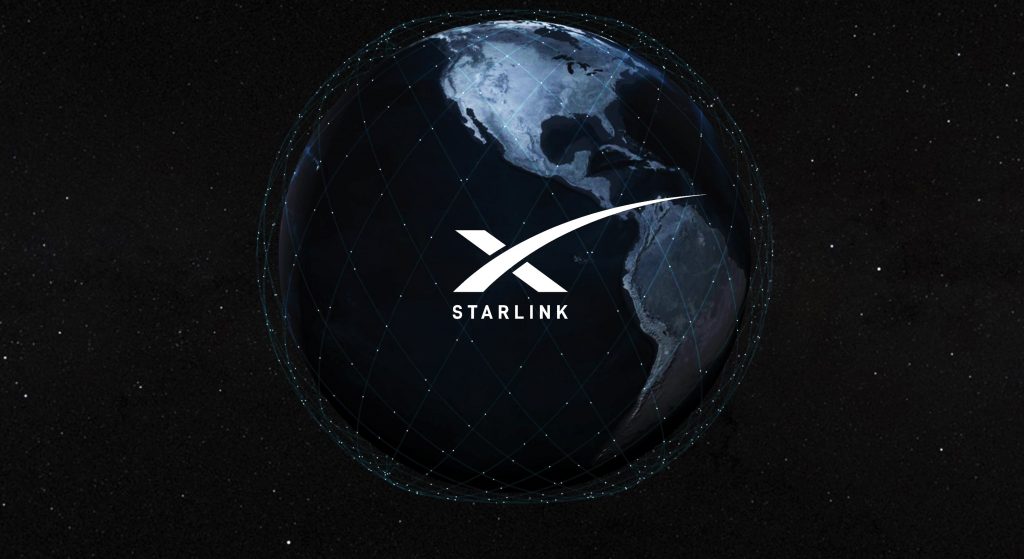
More recent comments from a SpaceX executive suggest that it could require more like 8 launches of 60 Starlink satellites before initial service can begin in North America, but that ultimately means that the company should be no less than 50-65% of the way there after Starlink V1 L3. With a little luck, that could mean that SpaceX is just two or three Starlink launches away from inviting the first non-employee customers onto the company’s space-based internet. Given SpaceX’s current launch cadence, six Starlink launches may well be well behind the company by the end of February – perhaps just a month or less from now.
Weather permitting, tune in to SpaceX.com/webcast around 9:35 am EST (14:35 UTC) later today (January 18th) to watch SpaceX’s latest Starlink launch live.
Check out Teslarati’s Marketplace! We offer Tesla accessories, including for the Tesla Cybertruck and Tesla Model 3.
News
Tesla UK sales see 14% year-over-year rebound in June: SMMT data
The SMMT stated that Tesla sales grew 14% year-over-year to 7,719 units in June 2025.
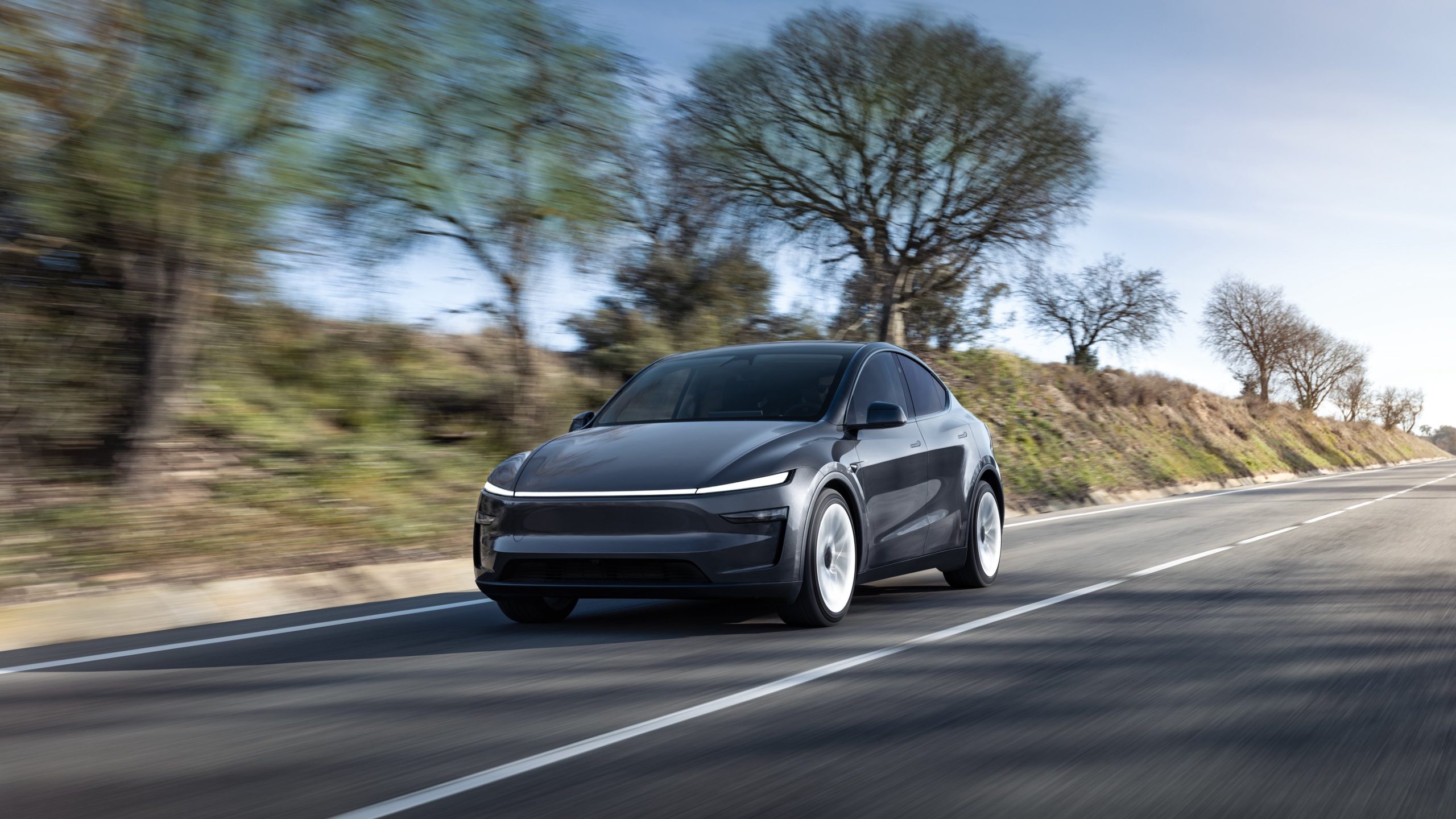
Tesla’s sales in the United Kingdom rose in June, climbing 14% year-over-year to 7,719 units, as per data from the Society of Motor Manufacturers and Traders (SMMT). The spike in the company’s sales coincided with the first deliveries of the updated Model Y last month.
Model Y deliveries support Tesla’s UK recovery
Tesla’s June performance marked one of its strongest months in the UK so far this year, with new Model Y deliveries contributing significantly to the company’s momentum.
While the SMMT listed Tesla with 7,719 deliveries in June, independent data from New AutoMotive suggested that the electric vehicle maker registered 7,891 units during the month instead. However, year-to-date figures for Tesla remain 2% down compared to 2024, as per a report from Reuters.
While Tesla made a strong showing in June, rivals are also growing. Chinese automaker BYD saw UK sales rise nearly fourfold to 2,498 units, while Ford posted the highest EV growth among major automakers, with a more than fourfold increase in the first half of 2025.
Overall, the UK’s battery electric vehicle (BEV) demand surged 39% to to 47,354 units last month, helping push total new car sales in the UK to 191,316 units, up 6.7% from the same period in 2024.
EV adoption accelerates, but concerns linger
June marked the best month for UK car sales since 2019, though the SMMT cautioned that growth in the electric vehicle sector remains heavily dependent on discounting and support programs. Still, one in four new vehicle buyers in June chose a battery electric vehicle.
SMMT Chief Executive Mike Hawes noted that despite strong BEV demand, sales levels are still below regulatory targets. “Further growth in sales, and the sector will rely on increased and improved charging facilities to boost mainstream electric vehicle adoption,” Hawes stated.
Also taking effect this week was a new US-UK trade deal, which lowers tariffs on UK car exports to the United States from 27.5% to 10%. The agreement could benefit UK-based EV producers aiming to expand across the country.
News
Tesla Model 3 ranks as the safest new car in Europe for 2025, per Euro NCAP tests
Despite being on the market longer than many of its rivals, the Tesla Model 3 continues to set the bar for vehicle safety.

The Tesla Model 3 has been named the safest new car on sale in 2025, according to the latest results from the Euro NCAP. Among 20 newly tested vehicles, the Model 3 emerged at the top of the list, scoring an impressive 359 out of 400 possible points across all major safety categories.
Tesla Model 3’s safety systems
Despite being on the market longer than many of its rivals, the Tesla Model 3 continues to set the bar for vehicle safety. Under Euro NCAP’s stricter 2025 testing protocols, the electric sedan earned 90% for adult occupant protection, 93% for child occupant protection, 89% for pedestrian protection, and 87% for its Safety Assist systems.
The updated Model 3 received particular praise for its advanced driver assistance features, including Tesla’s autonomous emergency braking (AEB) system, which performed well across various test scenarios. Its Intelligent Speed Assistance and child presence detection system were cited as noteworthy features as well, as per a WhatCar report.
Other notable safety features include the Model 3’s pedestrian-friendly pop-up hood and robust crash protection for both front and side collisions. Euro NCAP also highlighted the Model 3’s ability to detect vulnerable road users during complex maneuvers, such as turning across oncoming traffic.
Euro NCAP’s Autopilot caution
While the Model 3’s safety scores were impressive across the board, Euro NCAP did raise concerns about driver expectations of Tesla’s Autopilot system. The organization warned that some owners may overestimate the system’s capabilities, potentially leading to misuse or inattention behind the wheel. Even so, the Model 3 remained the highest-scoring vehicle tested under Euro NCAP’s updated criteria this year.
The Euro NCAP’s concerns are also quite interesting because Tesla’s Full Self-Driving (FSD) Supervised, which is arguably the company’s most robust safety suite, is not allowed for public rollout in Europe yet. FSD Supervised would allow the Model 3 to navigate inner city streets with only minimal human supervision.
Other top scorers included the Volkswagen ID.7, Polestar 3, and Geely EX5, but none matched the Model 3’s total score or consistency across categories. A total of 14 out of 20 newly tested cars earned five stars, while several models, including the Kia EV3, MG ZS, and Renault 5, fell short of the top rating.
Elon Musk
Why Tesla’s Q3 could be one of its biggest quarters in history
Tesla could stand to benefit from the removal of the $7,500 EV tax credit at the end of Q3.

Tesla has gotten off to a slow start in 2025, as the first half of the year has not been one to remember from a delivery perspective.
However, Q3 could end up being one of the best the company has had in history, with the United States potentially being a major contributor to what might reverse a slow start to the year.
Earlier today, the United States’ House of Representatives officially passed President Trump’s “Big Beautiful Bill,” after it made its way through the Senate earlier this week. The bill will head to President Trump, as he looks to sign it before his July 4 deadline.
The Bill will effectively bring closure to the $7,500 EV tax credit, which will end on September 30, 2025. This means, over the next three months in the United States, those who are looking to buy an EV will have their last chance to take advantage of the credit. EVs will then be, for most people, $7,500 more expensive, in essence.
The tax credit is available to any single filer who makes under $150,000 per year, $225,000 a year to a head of household, and $300,000 to couples filing jointly.
Ending the tax credit was expected with the Trump administration, as his policies have leaned significantly toward reliance on fossil fuels, ending what he calls an “EV mandate.” He has used this phrase several times in disagreements with Tesla CEO Elon Musk.
Nevertheless, those who have been on the fence about buying a Tesla, or any EV, for that matter, will have some decisions to make in the next three months. While all companies will stand to benefit from this time crunch, Tesla could be the true winner because of its sheer volume.
If things are done correctly, meaning if Tesla can also offer incentives like 0% APR, special pricing on leasing or financing, or other advantages (like free Red, White, and Blue for a short period of time in celebration of Independence Day), it could see some real volume in sales this quarter.
You can now buy a Tesla in Red, White, and Blue for free until July 14 https://t.co/iAwhaRFOH0
— TESLARATI (@Teslarati) July 3, 2025
Tesla is just a shade under 721,000 deliveries for the year, so it’s on pace for roughly 1.4 million for 2025. This would be a decrease from the 1.8 million cars it delivered in each of the last two years. Traditionally, the second half of the year has produced Tesla’s strongest quarters. Its top three quarters in terms of deliveries are Q4 2024 with 495,570 vehicles, Q4 2023 with 484,507 vehicles, and Q3 2024 with 462,890 vehicles.
-

 Elon Musk4 days ago
Elon Musk4 days agoTesla investors will be shocked by Jim Cramer’s latest assessment
-

 News1 week ago
News1 week agoTesla Robotaxi’s biggest challenge seems to be this one thing
-

 Elon Musk2 weeks ago
Elon Musk2 weeks agoFirst Look at Tesla’s Robotaxi App: features, design, and more
-

 News2 weeks ago
News2 weeks agoSpaceX and Elon Musk share insights on Starship Ship 36’s RUD
-

 News2 weeks ago
News2 weeks agoWatch Tesla’s first driverless public Robotaxi rides in Texas
-

 News1 week ago
News1 week agoWatch the first true Tesla Robotaxi intervention by safety monitor
-

 News2 weeks ago
News2 weeks agoTesla has started rolling out initial round of Robotaxi invites
-
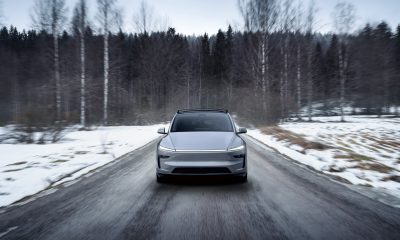
 Elon Musk2 weeks ago
Elon Musk2 weeks agoTesla to launch in India in July with vehicles already arriving: report


















